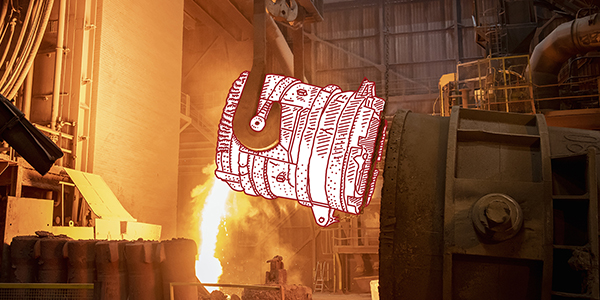IN CASE YOU MISSED IT
David Turk Confirmed as Deputy Energy Secretary
The Senate confirmed David M. Turk as Deputy Energy Secretary by a vote of 98-2 on Wednesday.
NGOs Submit Carbon Dioxide Removal Budget Letter
ClearPath Action, Bipartisan Policy Center Action, Carbon180, Clean Air Task Force, Citizens for Responsible Energy Solutions, Information Technology and Innovation Foundation, LTC Action, and Third Way sent a letter to Department of Energy (DOE) Secretary Granholm requesting the inclusion of robust funding for research, development, demonstration, and deployment (RDD&D) of decarbonization technologies, including the full suite of carbon capture, removal, and storage technologies, in the DOE’s FY2022 budget request.
House, Senate Introduce Bipartisan Legislation to Establish Investment Tax Credit for Energy Storage
This week, Senators Susan Collins (R-ME) and Martin Heinrich (D-NM) in the Senate, and Representatives Mike Doyle (D-PA), Vern Buchanan (R-FL), and Earl Blumenauer (D-OR) in the House introduced the Energy Storage Tax Incentive and Deployment Act to establish an investment tax credit for business and home use of energy storage.
Read more
DOE Invests in Scaling Up Solar Perovskites
The U.S. Department of Energy (DOE) announced a goal to cut the cost of solar energy by 60% within the next 10 years, improve performance, and speed the deployment of solar energy technologies. The announcement included $43 million for perovskite R&D.
Read more
Moltex Receives $50.5M to Build a Small Modular Reactor
Canada and UK-based Moltex Energy received $50.5 million from the Government of Canada’s Strategic Innovation Fund (SIF) and Atlantic Canada Opportunities Agency (ACOA) to advance its project to design and commercialize a molten salt reactor and spent fuel recycling facility.
Read more

The Iron-y of Metal Jokes? People Always ‘Steel’ Them
Metals are an integral part of our society. Ranging from basic steels to high-performance alloys, they are a necessary resource in transporting electricity on the grid, constructing buildings, producing everyday kitchen and household items, creating bridges and tunnels, and building trains, cars and even planes.
As part of our new industrial portfolio, we are focused on three technology areas with high emissions reduction potential – metals, concrete & cement, and hydrogen.
Want to learn more about steel? Check out Savita Bowman’s Steel 101 here.

The Permitting Program Crucial for Carbon Capture’s Success
Carbon capture hit a policy trifecta at the end of 2020 and start of 2021, and that momentum has continued with recent, exciting commercial developments. While promising technologies are being developed to utilize carbon emissions in fuels and materials, storage of carbon dioxide deep underground remains a tried and true mitigation solution and is feasible around the U.S. because of the vast amount of available storage resources. However, we can only capture and reduce carbon emissions as fast as we can permit the projects to do so. And the success of the rapidly growing number of carbon capture projects hinges on the ability to timely obtain a single permit – the Environmental Protection Agency’s (EPA) Underground Injection Control (UIC) Class VI permit. Read more in our latest blog, “The Permitting Program Crucial for Carbon Capture’s Success,” by ClearPath Policy Analyst Jena Lococo.
|